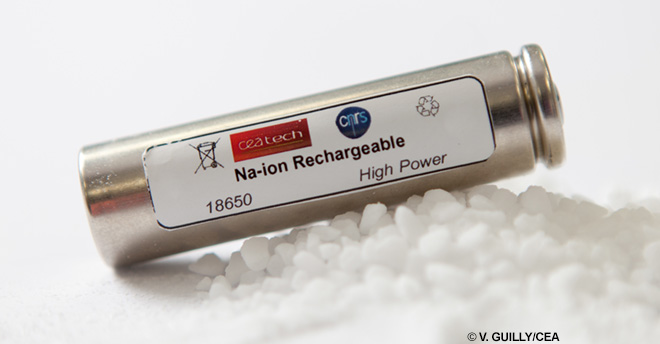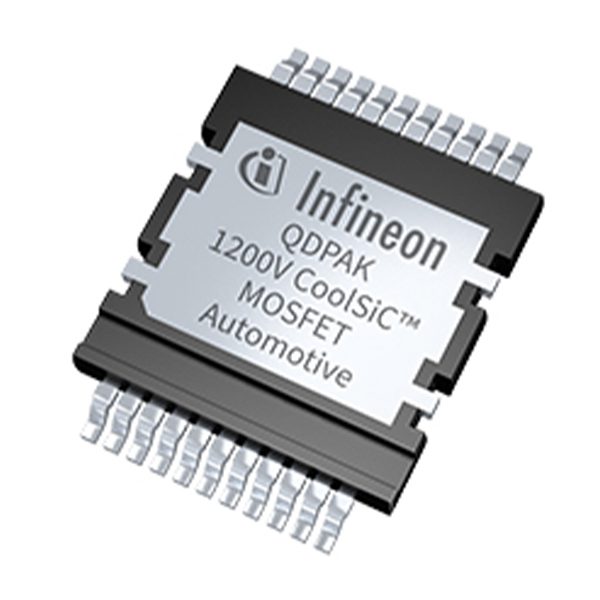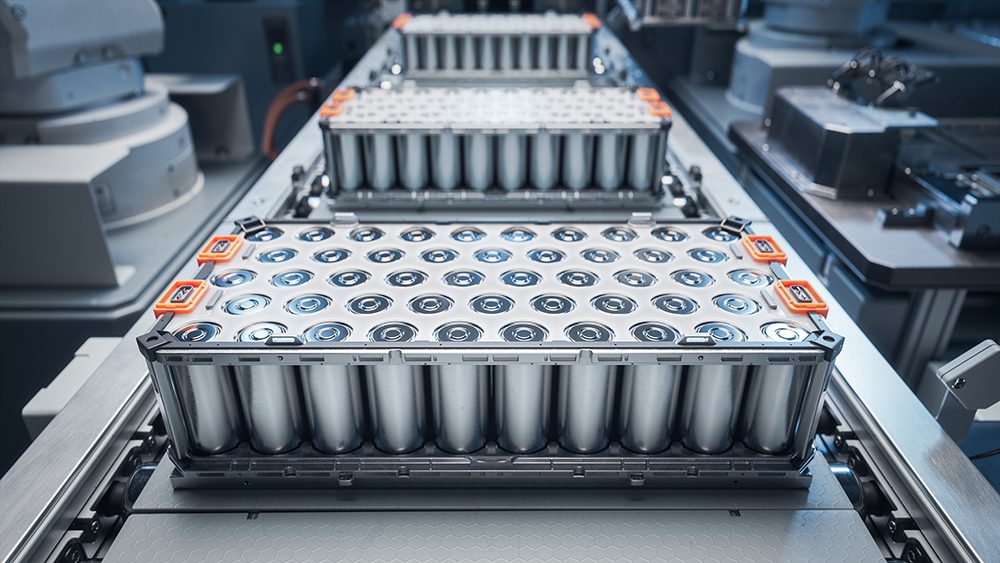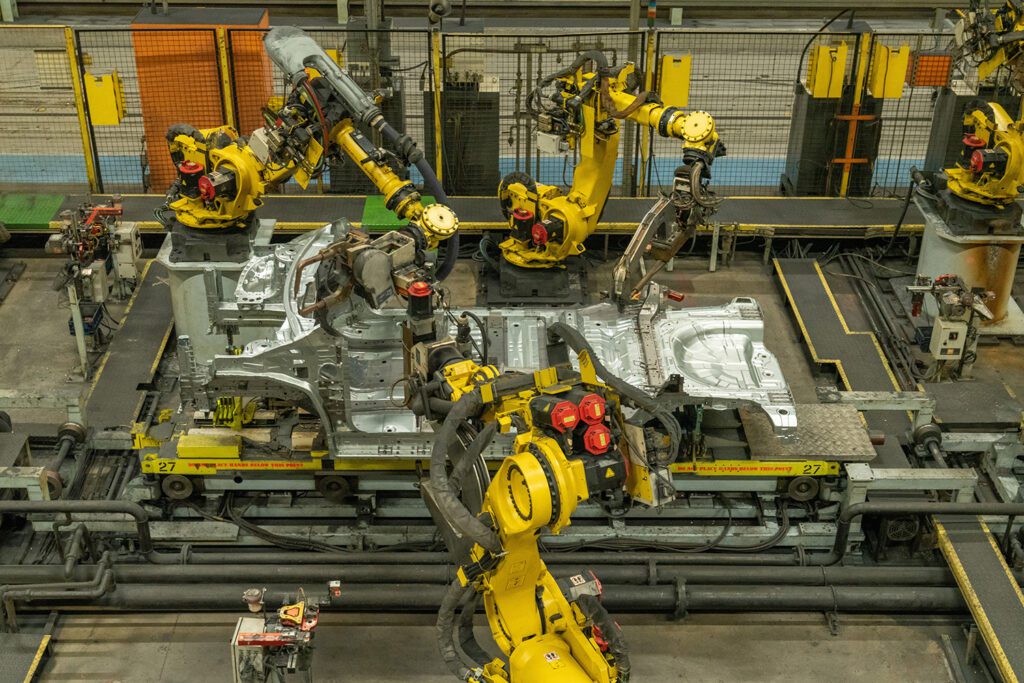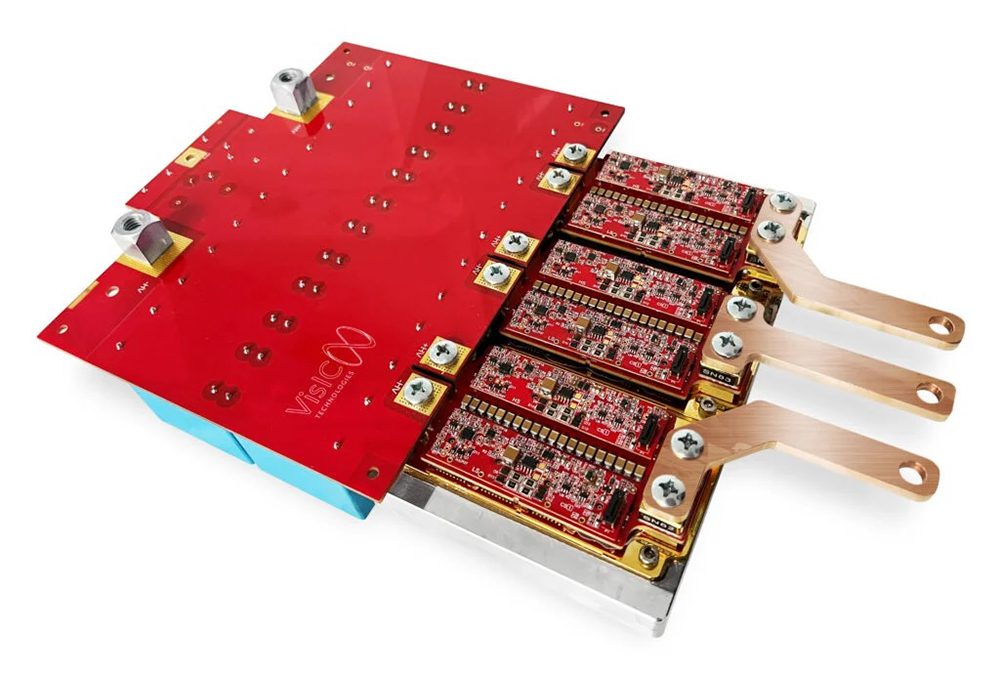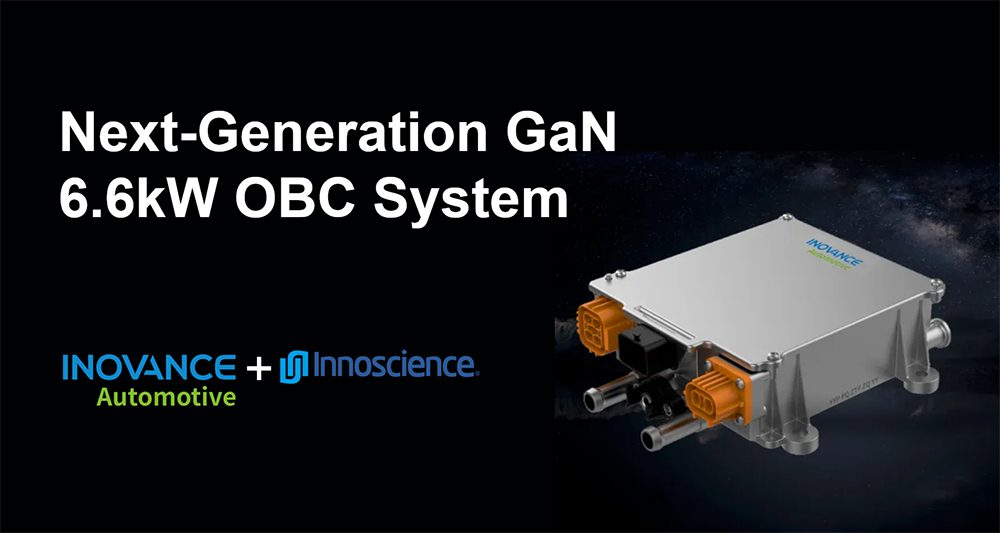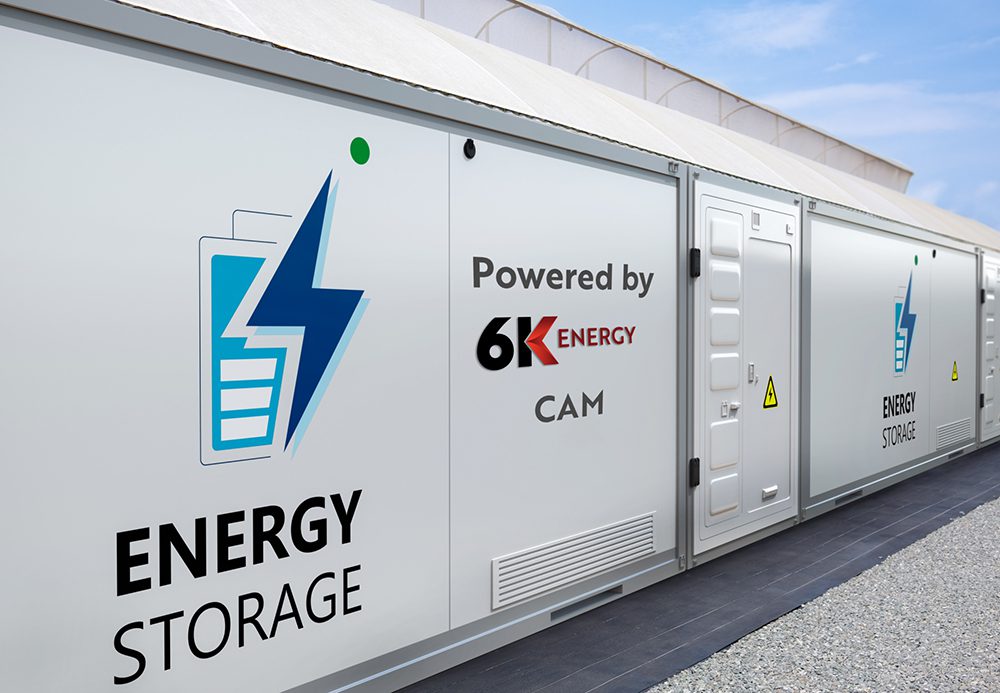Jules Verne recognized the potential of sodium batteries in 1869 – they powered the futuristic submarine of Captain Nemo, who found their “electro-motor strength” to be twice that of zinc batteries.
Now scientists at the French research network RS2E have brought sodium batteries into the 21st century, producing the first sodium-ion battery in the industry-standard 18650 format (a cylindrical format used in consumer electronics and Tesla automobiles). Several other labs are also working on Na-ion batteries, but RS2E is the first to announce the development of an 18650 prototype.
Na-ion batteries could offer lower cost thanks to the abundance of sodium, and the prototype shows promising performance. The energy density of the new Na-ion cell is 90 Wh/kg, comparable with that of the first lithium-ion batteries. Its lifespan exceeds 2,000 charge/discharge cycles, and it is capable of charging and discharging rapidly.
The next step is to optimize and increase the reliability of the cell with a view to future commercialization.
“The first application, the most obvious, would be grid storage: storing renewable energy. We are talking about a market as big as the EV market,” said Jean-Marie Tarascon, a professor at the Collège de France and one of the heads of the RS2E network.
Source: RS2E, Green Car Congress




